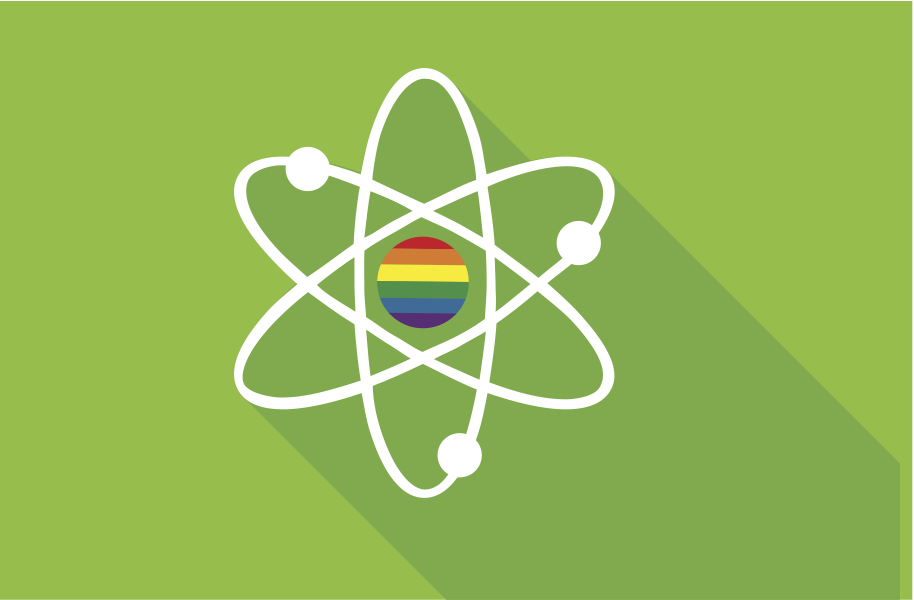
There are many hypotheses regarding the disappearance of the Italian physicist Ettore Majorana in March 1938. Was he depressed and committed suicide? Did he become a spy or relocate to Latin America? One explanation is that Majorana’s sexuality may have played a role.
A 2013 book supported that view, which is backed up by evidence that police searched for him in parts of Naples associated with the activities of gay men.
As a gay man and physicist, I felt a sense of awe and sadness at hearing that Majorana may have been trying to hide his sexuality.
Out gay men and lesbians—as well as trans and gender non-conforming people—remain rare in physics, as are women and people from minority groups subject to systemic racial discrimination. Some of us inhabit multiple excluded identities, and if we share anything, it is a common loss of history. We mourn those who could have contributed to science but were either unable to navigate the many pitfalls or were unwilling to achieve the level of “self-erasure” that could have made them more “acceptable” to the scientific community.
Many of the factors that cause such people to feel excluded are attributes of broader society. The physics community must examine how to eliminate or mitigate these barriers as well as how to support those who must surmount them. To not do so is to impoverish our field.
While the situation has improved in recent years, exclusion persists. We live in a time when it is common to deny such barriers. The dominant paradigm that many of us sense is: “I don’t want to hear about your personal life, your gender, your race: Let’s just stick to physics.” LGBT people are familiar with this trap of awkwardness and concealment; it is called “the closet.”
In 2016, I reported the findings of an American Physical Society study that surveyed LGBT physicists about their experiences. We found that isolation and closeted behavior remain common, with high levels of harassment leading many to consider leaving the field. Even in environments that might seem supportive, LGBT physicists often chose closeted behavior for fear of repercussions.
Physics also has a pervasive gender problem. We heard that discrimination is disproportionately borne by women and those who self-identify as gender non-conforming. Transgender physicists face the most toxic environments.
Some of the very worst workplace environments, however, are faced by LGBT physicists also subject to racial discrimination, who must deal with a demeaning attitude of assumed incompetence. They reported being uncertain which aspect of their identity made colleagues so dismissive.
Physics can do better.
There are some bright spots, however. While working on the report, Science published an interview with MacArthur Fellow and astrophysicist Nergis Mavalvala from MIT, in which she called herself an “out, queer person of color.” Hearing this was a tonic for those of us who heard so many negative firsthand accounts as we completed the study. Humanizing the queer physicist doing physics is essential if we are to inspire future generations.
Michael Falk is vice dean for undergraduate education and a professor of materials science and engineering. This article was adapted from one that appeared in Physics World in November 2017.




